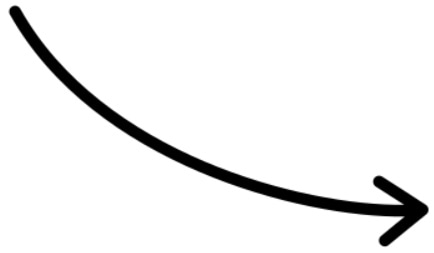We all have things we’d like to change about our bodies. These desires are often related to targeted fat loss or contouring around places like the face, neck, thighs, or abdomen. For fat loss in a small targeted area, fat-dissolving injections may be an option. These are minimally invasive injections to help dissolve unwanted fat from specific areas.
Fat-dissolving injections (injection lipolysis) may be an option for people with stubborn areas of fat that don’t respond to diet and exercise. Many people seek treatment in areas like their chin, lower abdomen, and neck.
These injections contain deoxycholic acid, a bile acid in your body that helps break down the fat you eat during digestion. When injected directly into subcutaneous fat, it disrupts the cell membrane of adipocytes (fat cells).
Deoxycholic acid injections are currently FDA-approved for treating a “double chin,” the area underneath the chin that commonly accumulates fat that is difficult to target. They may also be used off-label (for reasons other than their approved purpose) by providers if determined to be appropriate.
Here’s how they work:
If you are interested in fat-dissolving injections it is important to have a professional consultation to understand the procedure and what to expect.
Here’s a step-by-step process of what might happen during a dissolving fat injection session:
Immediately following your procedure, the treated area may be gently massaged to help distribute the deoxycholic acid. You may be given ice packs to reduce swelling and discomfort or be instructed to do so when you get home.
You can typically resume most of your normal activities right away. Post-procedure instructions will include avoiding strenuous activities, exposure to excessive heat, and watching for side effects like swelling, bruising, redness, areas of temporary hardness, or tenderness in the treated area, similar to other injections. These usually subside within a few days to a week, but you can continue to apply ice packs, massage, and use approved over-the-counter pain medications as needed.
Keep in mind that everyone responds differently. You can usually notice a reduction in fat by eight weeks. Still, multiple treatment sessions may be needed to achieve your desired results. This can include follow-up appointments to monitor progress and administer additional injections if necessary.
Before your treatment plan can be made, your provider will evaluate the following factors regarding your desired treatment areas:
Common areas people seek fat-dissolving injections for include:
Many people use Food and Drug Administration (FDA) approval as a safety benchmark, and fat-dissolving injections get a mixed report card. Kybella is a product that was approved by the FDA in 2015. Auqalyx, on the other hand, has not received FDA approval. Based on this, understanding the risks involved with these injections is important.
Common risks and side effects of fat-melting injections are typically mild and temporary, some of these may include:
Less commonly, patients have reported headaches, nausea, and the development of small lumps under the skin, which typically resolve over time.
Rarely, serious side effects may occur, such as:
That said, there are certain people for whom fat-dissolving injectables are not safe. You should not get fat-dissolving injections if:
When considering whether injectables are the right answer for you, there are a few things to consider. Some patients lack the proper skin elasticity or whose weight fluctuates too much for lasting results to be possible and other solutions may be a better option.
Age is certainly a factor in the success of the results, and these injections are not typically recommended for people over 60 years old. Older people often lack skin elasticity, and removing fat can leave skin around the face saggy. Similarly, receiving injections to reduce fat may not be ideal if you are still struggling with putting on unwanted pounds.
Always choose a qualified provider to perform your fat-dissolving injection procedure and follow your post-care instructions to promote optimal healing.
Depending on your goals, a weight loss procedure may be more beneficial than fat-dissolving injections. Small areas of the body can be treated through cosmetic procedures such as Aqualyx, but getting to a healthy weight and staying there for the long term is a different matter. Diet and exercise will always be the cornerstones of a lasting weight loss plan, but many people find that these are not enough. For these people, looking into a weight loss procedure may be the next step.
There have been major advances in weight loss procedures in recent years. Gastric bypass was once considered to be the gold standard, but as data piles up, it is becoming evident that the long-term risks of this kind of surgery may outweigh the potential benefits. As a result, more and more people are turning to minimally invasive procedures such as endoscopic sleeve gastroplasty (ESG), the ORBERA® Managed Weight Loss System, or even injectables such as Wegovy to help drop excess body fat. These procedures typically come with fewer side effects and shorter recovery times.
At True You Weight Loss, we are committed to helping people find freedom from excess body weight. If you are interested in learning more about the services we offer, and how you can begin walking down the path to better weight management, solicitar una consulta with us today.
Contact our team at True You to learn more about our pricing and weight loss procedures offered by our expert providers. Schedule a consultation today. We look forward to serving you!

Dr. Christopher McGowan, MD, a leader in endobariatrics, specializes in non-surgical obesity treatments and is triple-board-certified in Internal Medicine, Gastroenterology, and Obesity Medicine. Renowned for pioneering endoscopic sleeve gastroplasty (ESG) with over 2,000 procedures, his global influence and research contributions define him as a top expert.



